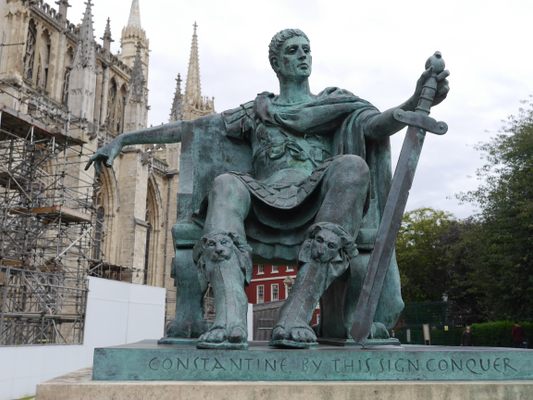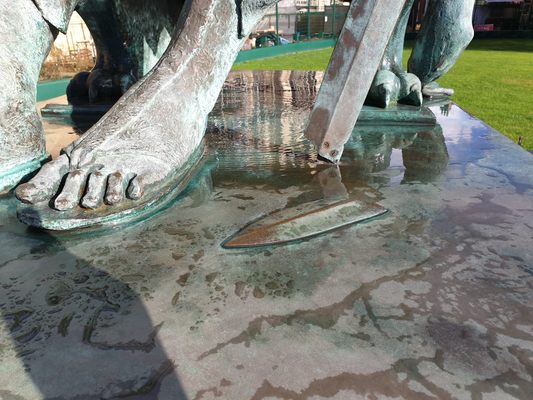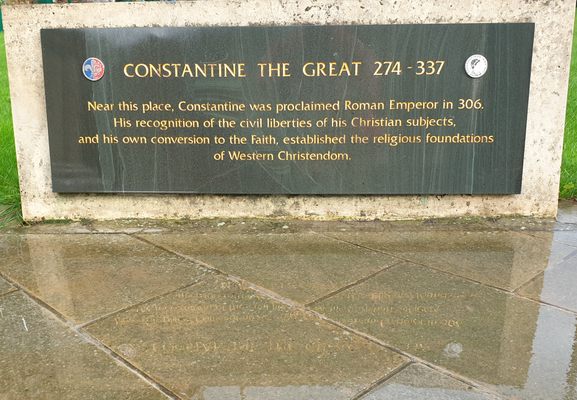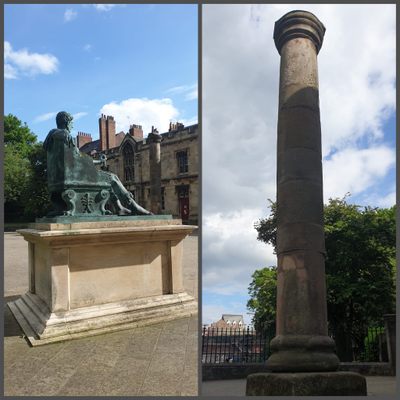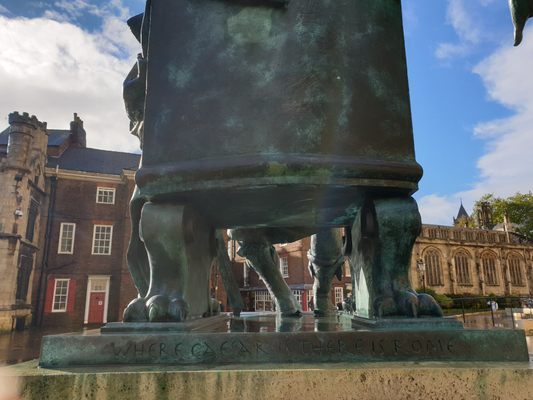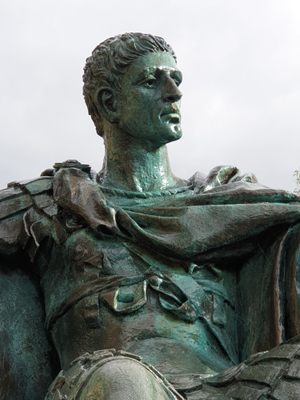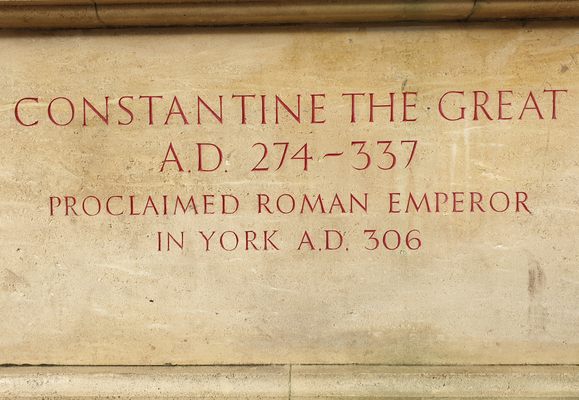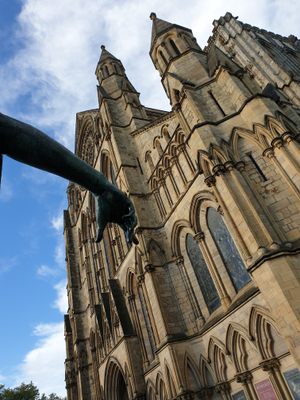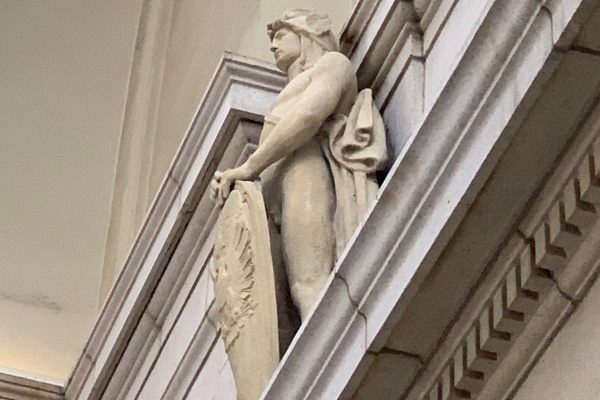About
In 306, the Roman Emperor Constantius Chlorus died while campaigning against the Picts beyond Hadrian's Wall. He was succeeded by his son, Flavius Valerius Aurelius Constantinus, known more commonly as Constantine I or Constantine the Great. He was declared emperor in Eboracum, capital of the province of Britannia Secunda, known today as York. Most of the Empire's provinces accepted his rule.
The reign of Constantine I proved to be significant in Roman history. He achieved victories in civil wars against Maxentius and Licinius, became the sole ruler of the reunified Roman Empire, and succeeded in campaigns against enemy tribes such as the Goths, Franks, Alamanni, and the Sarmatians.
The first Roman emperor to convert to Christianity, Constantine established a new imperial capital in Byzantium (Istanbul) and renamed it Constantinople, providing the basis for the later Byzantine Empire as well as, indirectly, the Ottomans. The solidus, a new gold coin that he introduced to solve inflation, became the standard for later Western currencies.
Today, a bronze statue of Constantine I sits outside York Minster, near the spot where he was proclaimed Augustus. Designed by the sculptor Philip Jackson in 1998, it depicts the Roman emperor in military dress holding the pommel of a sword. On its base is a legend that reads "Constantine by this sign conquer," a translation of the Latin phrase in hoc signe vinces. In 2016, the sword was stolen and thrown away into a drain. A few months after its disappearance, it was restored by York Civic Trust, at a cost of roughly £783.
Related Tags
Community Contributors
Added By
Published
April 28, 2020
